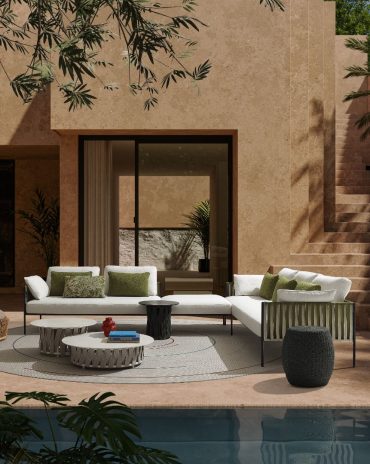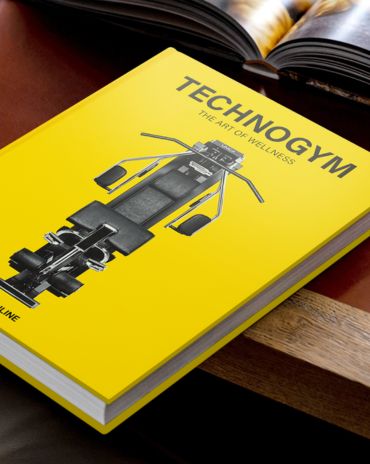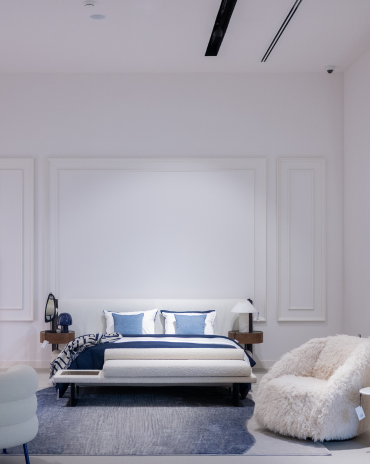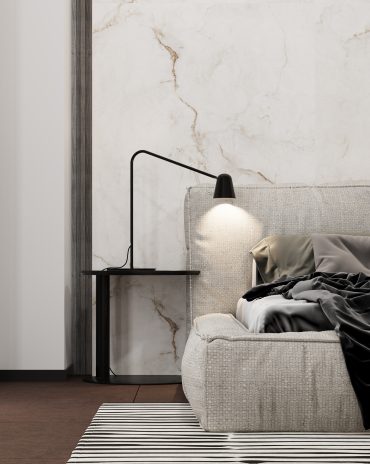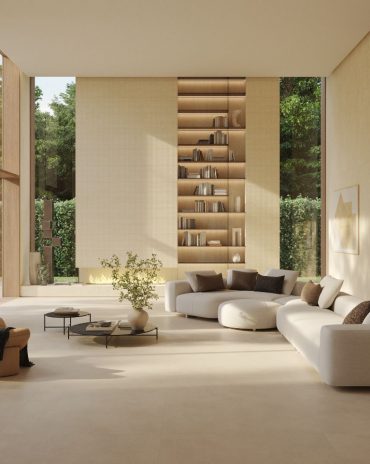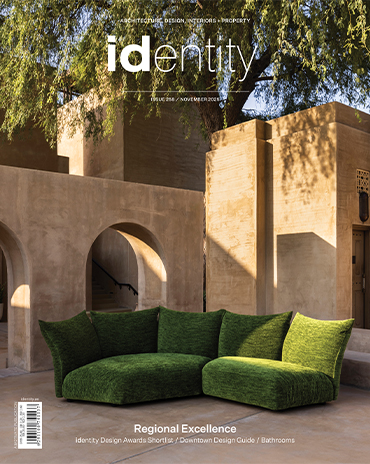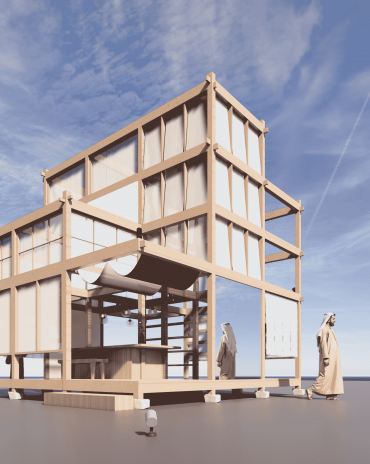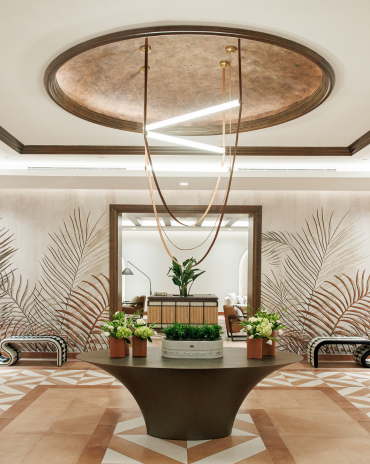Copyright © 2025 Motivate Media Group. All rights reserved.
Be Architektur’s residential project in Switzerland is a unique interpretation of the vernacular barn typology
The residential project is designed in a traditional barn, yet in a modern way that blends into its rustic and agricultural surroundings
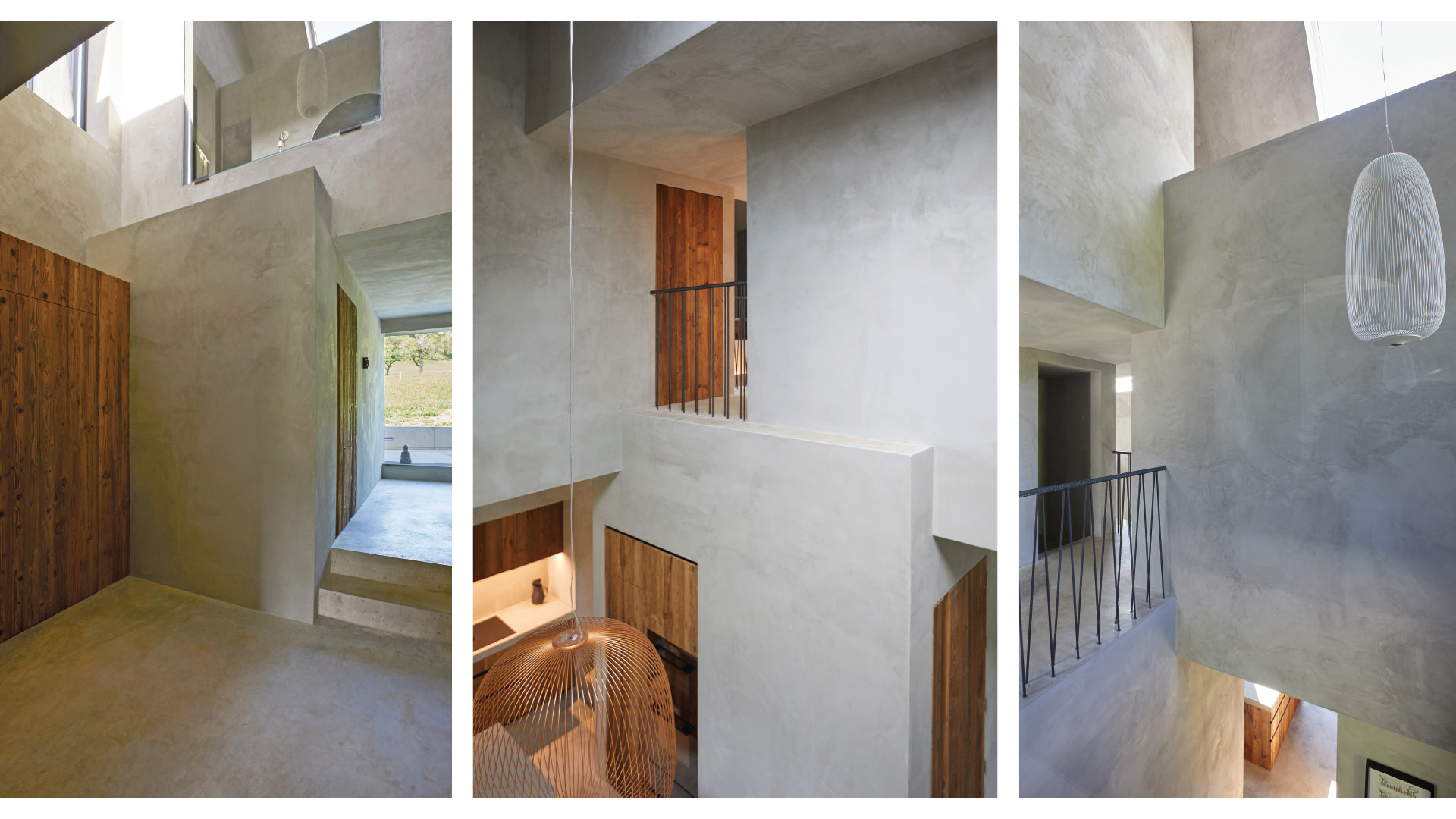
Be Architektur designed its latest residential barn project in a Hamlet Zone of rural, mainly agricultural place of Switzerland. Typical barn characteristics were taken up and reinterpreted in a modern way. From a distance, the residence discreetly blends into its rustic surroundings. The exterior facade is clad in glazed spruce wood – the same type of timber used on traditional Swiss barns. A pitched roof was designed in the same vein, with tile roofing typical to the local architecture. Openable windows are concealed behind wooden shutters, while the generous fixed glazing is fronted by wooden sliding doors that provide sun protection, darkening, and privacy. A raw steel beam serves as a gutter, jutting out beyond the base of the roof. Downpipes were omitted; the rainwater drains off the side like a waterfall.
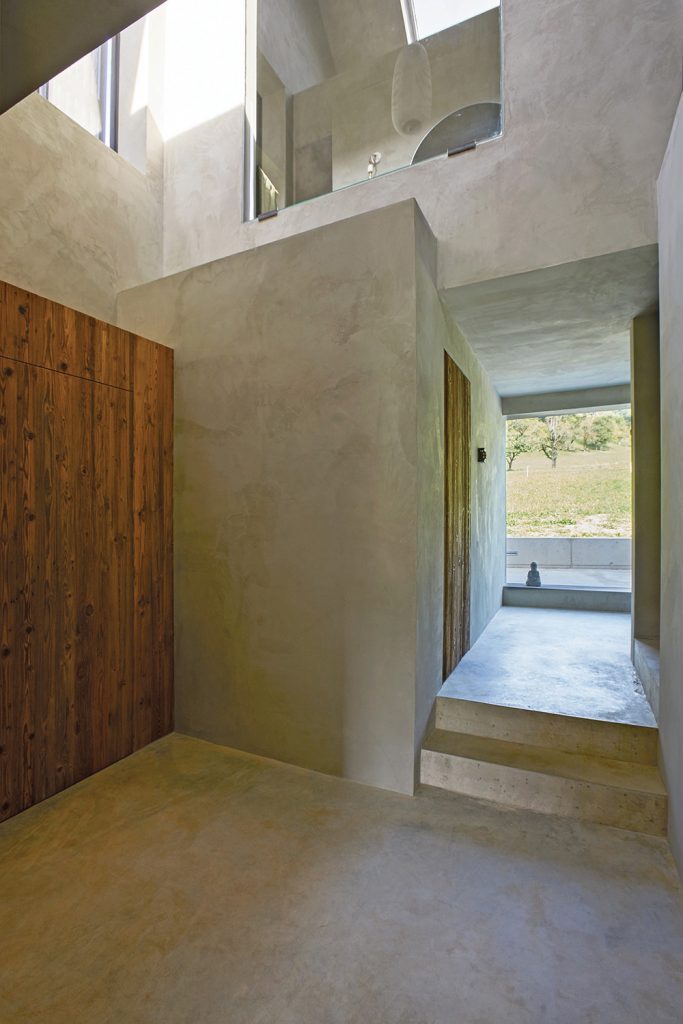
Wood fixtures add warmth to the space
The building responds to the topography of the site. Building on a slope usually requires excavation behind the building and backfilling in front, but this approach was deliberately rejected. Instead, the ground floor is arranged in a series of levels at different heights to follow the existing slope.

Clean minimal designs
A barn is typically used for storage and as a workroom for agricultural production. Although this new building is not a depository, its rooms – bedrooms, bathrooms, closets, etc. – are “stored” within it as closed volumes figuratively stacked on top of one another. This “stacking” creates a sculptural interior, which is a positive spatial volume within the building.
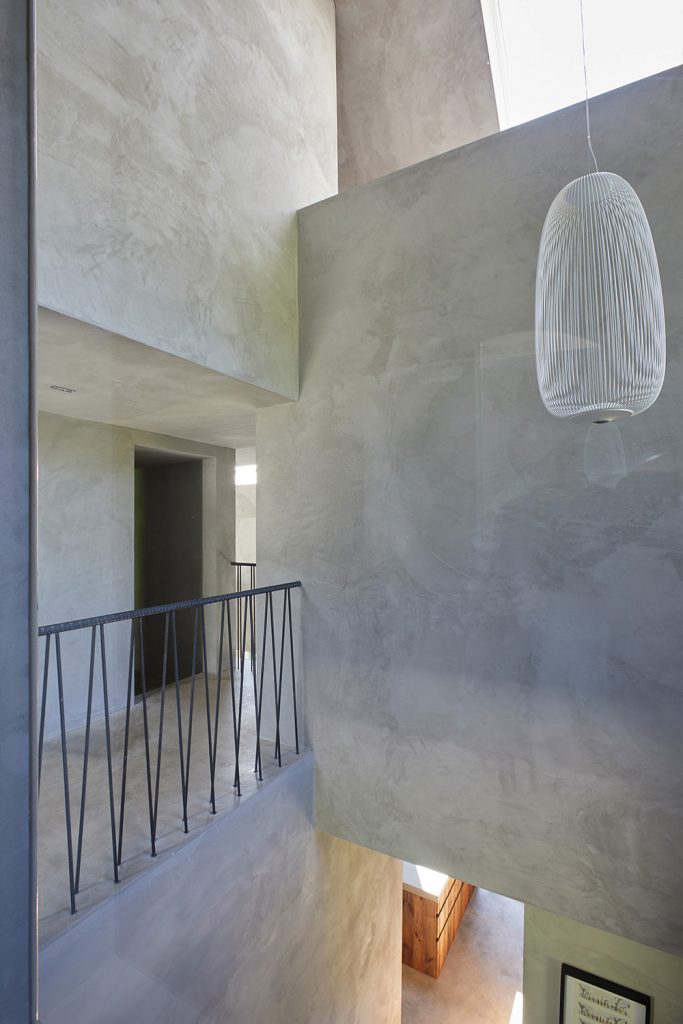
Subtle design elements
A negative volume forms around these stacks, comprising a landscape of open living spaces that are interconnected vertically and horizontally. A generous interior unfolds with a sense of endless expanse. The new building reinterprets the simple, unadorned nature of a traditional barn through its choice of materials. Exposed concrete slabs for the floor and a special plaster covering the walls ensure a raw, unfinished feel. Two different materials with a similar effect – concrete and plaster – are used throughout the interior to achieve an expressive effect.
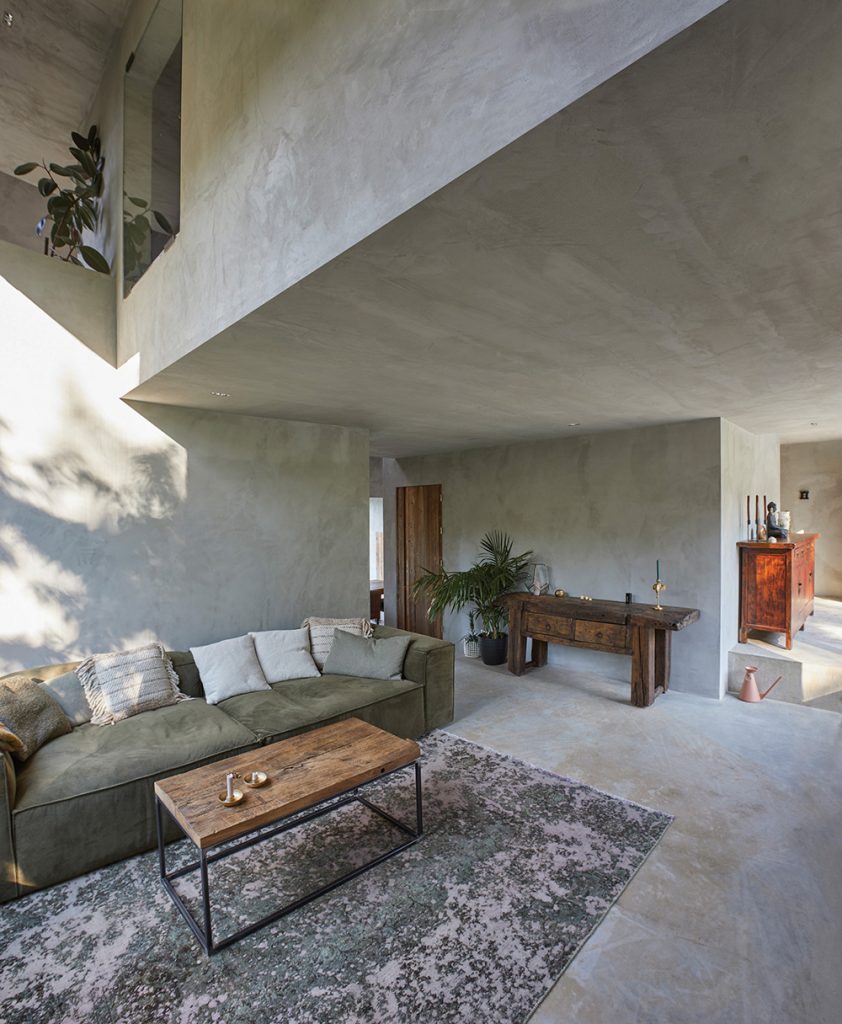
Concrete styled interiors
The freestanding two-car garage in exposed concrete was created using the same timber formwork as that used for the house facade. A photovoltaic system was installed on the gently sloping concrete gable roof, with solar panels covering the surface like a carpet.

The residence discreetly blends into its rustic surroundings
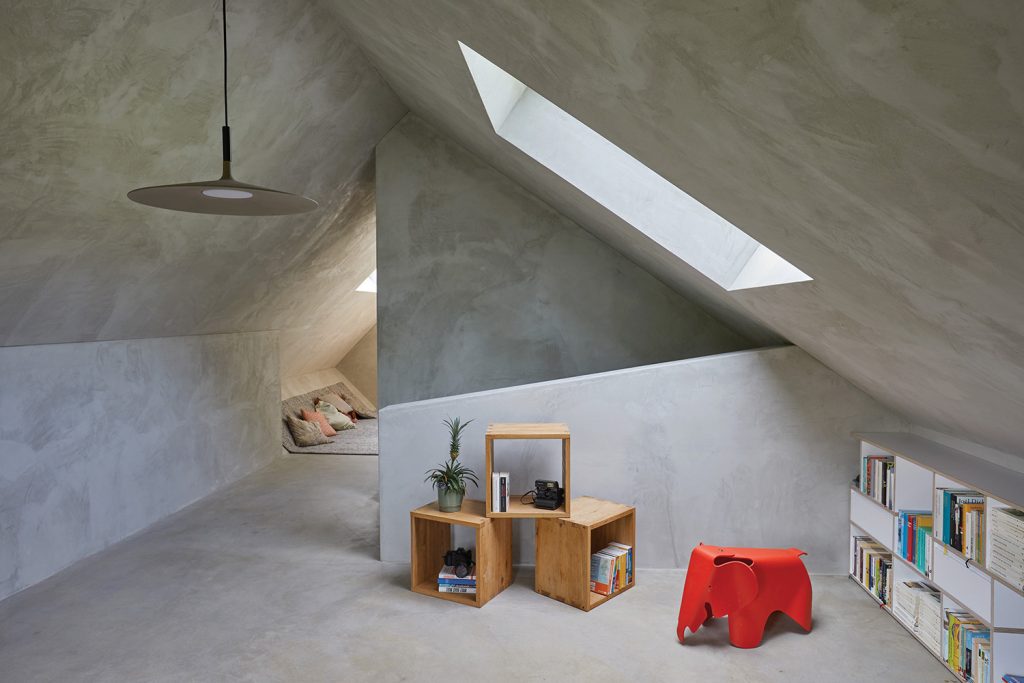
The building responds to the topography of the site
The new home enters into a thematic dialogue with the surrounding agricultural buildings for a unique interpretation of the vernacular barn typology.

The exterior facade is clad in glazed spruce wood
Technical sheet
Client: Private owners
Living space: 215 m²
Civil engineer: suisseplan Ingenieure AG, Zurich
Lighting design: Lichtblick AG, Buchs
Building physics: Wichser Akustik & Bauphysik AG, Zurich
HVAC planning: Elsner Klima AG Adliswil
Photography by Vito Stallone
The Latest
The language of weave
Nodo Italia at Casamia brings poetry to life
The Art of the Outdoors
The Edra Standard Outdoor sofa redefines outdoor living through design that feels, connects and endures
The Art of Wellness
Technogym collaborates with Assouline to release a book that celebrates the brand’s 30-year contribution to the fitness industry
The Destination for Inspired Living – Modora Home
Five reasons why you need to visit the latest homegrown addition to the UAE’s interiors landscape
Elemental Balance — A Story Told Through Surfaces
This year at Downtown Design 2025, ClayArk invites visitors to step into a world where design finds its rhythm in nature’s quiet harmony.
The identity Insider’s Guide to Downtown Design 2025
With the fair around the corner, here’s an exciting guide for the debuts and exhibits that you shouldn’t miss
A Striking Entrance
The Oikos Synua door with its backlit onyx finish makes a great impression at this home in Kuwait.
Marvel T – The latest launch by Atlas Concorde
Atlas Concorde launches Marvel T, a new interpretation of travertine in collaboration with HBA.
Read ‘Regional Excellence’ – Note from the editor
Read the magazine on issuu or grab it off newsstands now.
Chatai: Where Tradition Meets Contemporary Calm
Inspired by Japanese tea rooms and street stalls, the space invites pause, dialogue, and cultural reflection in the heart of Dubai Design District
A Floating Vision: Dubai Museum of Art Rises from the Creek
Inspired by the sea and pearls, the Dubai Museum of Art becomes a floating ode to the city’s heritage and its boundless artistic ambition.
Heritage Reimagined
Designlab Experience turns iconic spaces into living narratives of Emirati culture, luxury, and craftsmanship.





